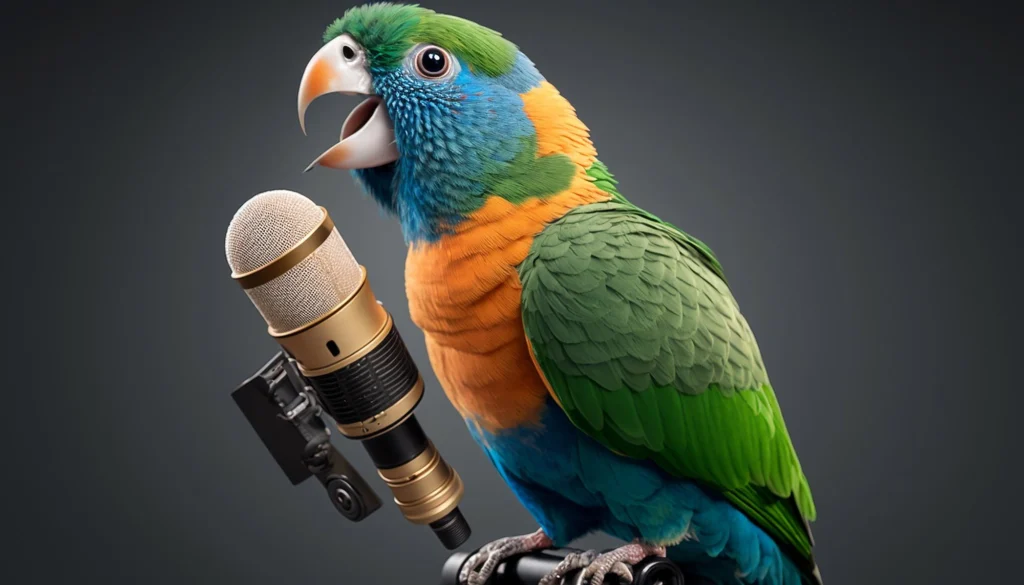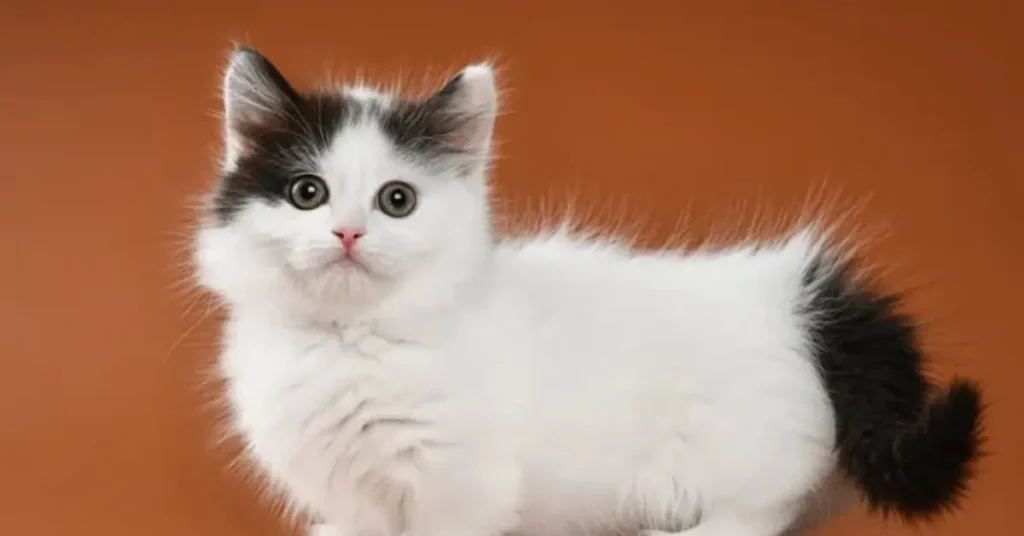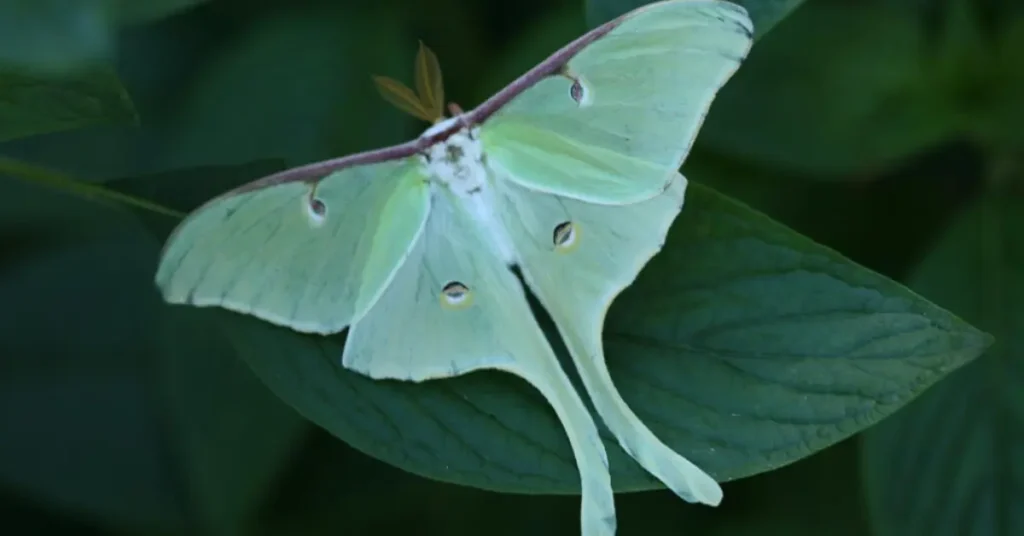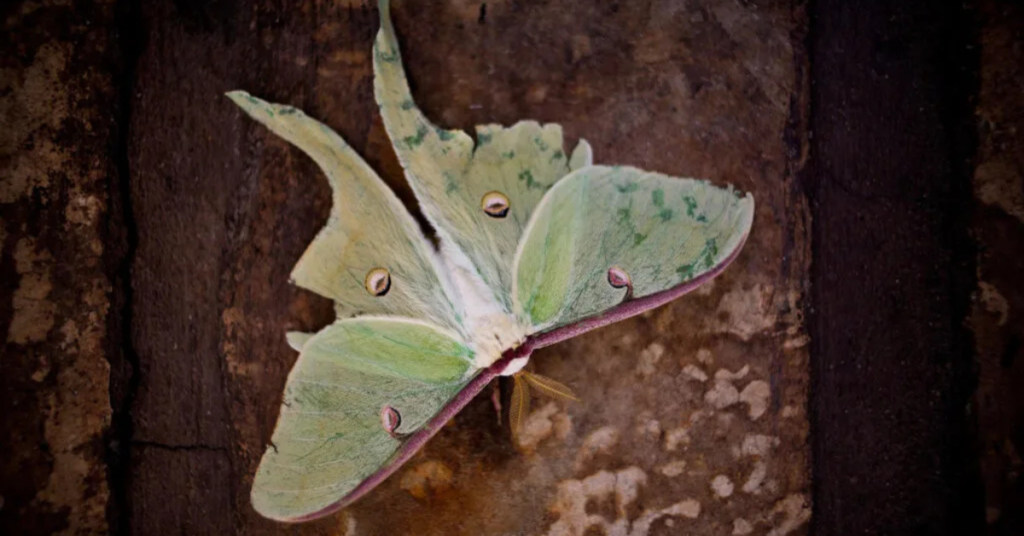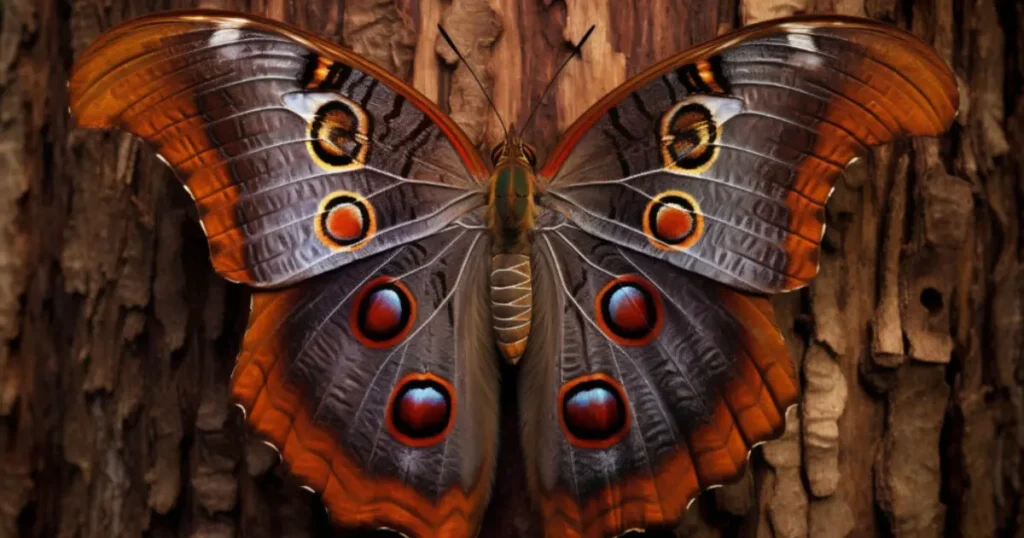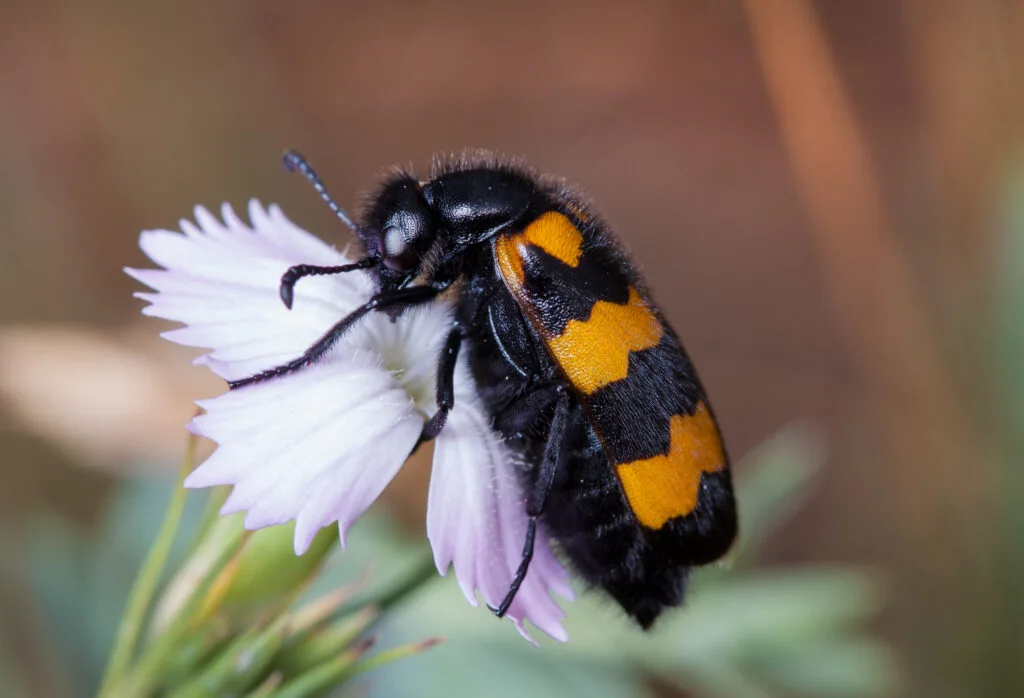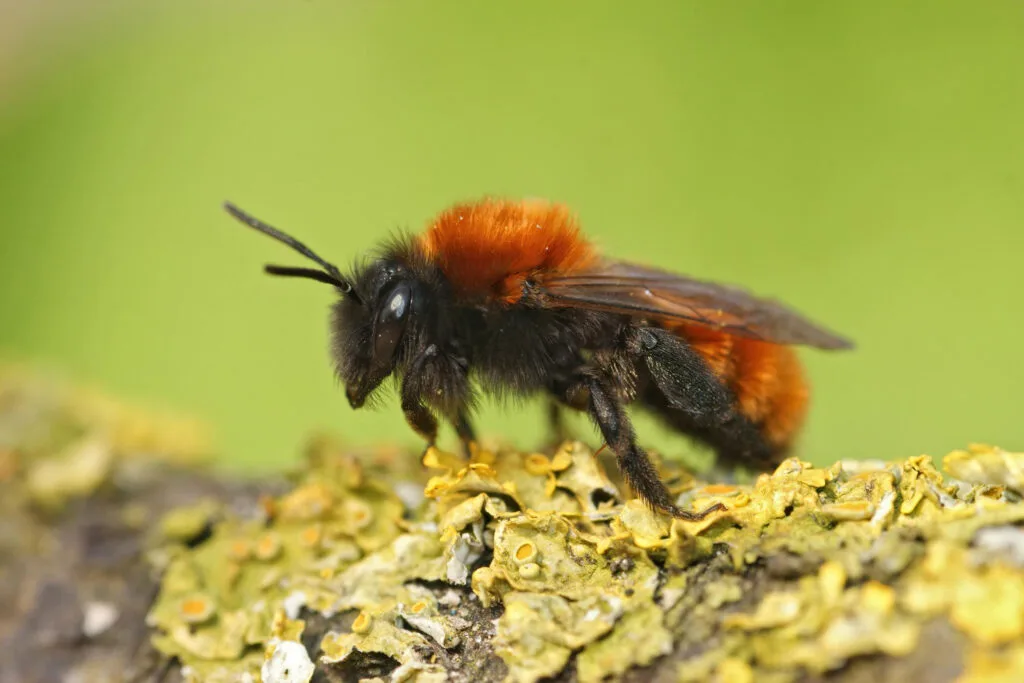Some birds don’t just chirp—they talk. Known as talking birds, these unique species have the rare ability to mimic human speech, sometimes with uncanny clarity. But not all talking birds are created equal. In this guide, we’ll explore six of the most gifted avian mimics, along with what they eat, the climate they thrive in, and tips for choosing the right bird for your home.
Table of Contents
ToggleWhy Do Birds Talk?
Talking birds don’t understand words like humans do, but they are excellent mimics. In the wild, parrots mimic sounds to blend in with their flock. In your home, their “flock” is you—and the TV, doorbell, or kettle. Using a vocal organ called the syrinx, they reproduce the sounds they hear repeatedly. That’s why the more you talk to them, the more they talk back.
1. African Grey Parrot

The Genius of Talking Birds
Widely hailed as the most intelligent of all talking birds, the African Grey Parrot is not only a master of mimicry but also displays cognitive reasoning. Many have been known to use words in appropriate context—like asking for food or saying goodbye when someone leaves.
Traits & Care:
- Lifespan: 50–60 years
- Vocabulary: 500–1,000+ words
- Speech Quality: Clear, emotionally expressive, with tone mimicry
- Diet: Fresh fruits (pomegranate, apple), leafy greens, pellets
- Climate: Humid and warm (20°C–30°C), with stable indoor temperature
- Personality: Intelligent, sensitive, needs regular mental stimulation
African Greys form deep bonds with their owners and can become anxious or depressed if neglected. They are best suited for experienced bird enthusiasts who can provide daily attention and enrichment.
2. Indian Ringneck Parakeet

A Vocal Charmer with a Cheeky Twist
The Indian Ringneck Parakeet is known for its beautiful plumage and cheeky, sometimes sassy, nature. These birds often talk in full sentences and are especially good at mimicking high-pitched voices and repeated phrases.
Traits & Care:
- Lifespan: 25–30 years
- Vocabulary: 200–250 words
- Speech Quality: Crisp, clear with excellent diction
- Diet: Mixed grains, green beans, sweetcorn, apples
- Climate: Warm and dry; should be kept away from cold drafts
- Personality: Playful, independent, can be nippy if not socialised
Ringnecks need social interaction and consistency in training. With regular handling and repetition, they can become some of the most charming talking birds in your home.
3. Budgerigar (Budgie)

Small in Size, Giant in Talent
Budgies, also called Budgerigars, are the smallest among popular talking birds, but they have surprisingly strong linguistic skills. Some have even broken records for the most words spoken by a bird.
Traits & Care:
- Lifespan: 7–15 years
- Vocabulary: 100–300 words
- Speech Quality: Softer and quicker, but highly articulate with training
- Diet: Millet, seed mix, lettuce, boiled egg, carrots
- Climate: Prefers dry, mild climates; avoid damp or cold air
- Personality: Social, curious, enjoys group settings or mirrors
Budgies are ideal for beginners. They’re affectionate, easy to care for, and a joy to watch—especially when chattering away in their tiny voices.
4. Yellow-Naped Amazon
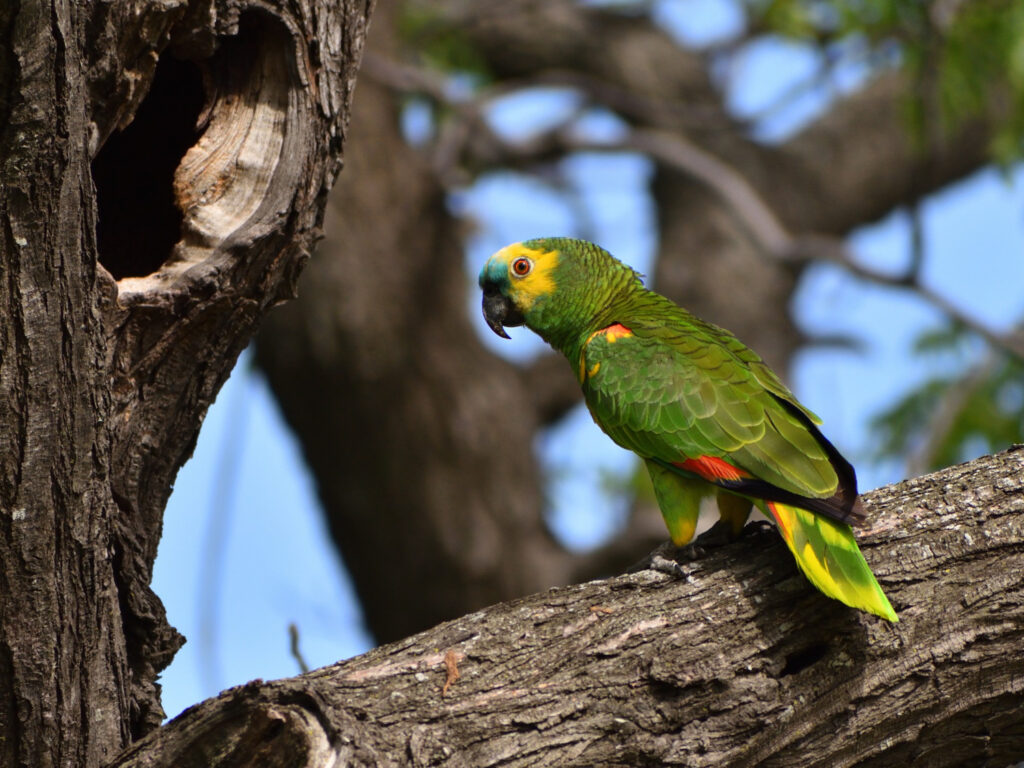
A Born Performer and Social Butterfly
The Yellow-Naped Amazon is one of the most vocally talented talking birds, often praised for its ability to mimic entire songs and switch between voices. These birds can even copy emotions in speech, making them feel uncannily human.
Traits & Care:
- Lifespan: 40–60 years
- Vocabulary: 300–500 words
- Speech Quality: Expressive, clear, with emotional tone
- Diet: Nuts, cooked beans, apples, pomegranate, pellets
- Climate: Warm and tropical; stable indoor temp is essential
- Personality: Outgoing, loud, requires constant interaction
Yellow-Naped Amazons are natural performers. If you have a lively household and want a bird that loves to be the centre of attention, this could be your ideal companion.
5. Eclectus Parrot

Elegant, Soft-Spoken, and Loving
The Eclectus Parrot stands out for its stunning colours and calm, gentle nature. Unlike more boisterous birds, the Eclectus speaks in a clear, melodic voice and is more likely to form close bonds with quiet individuals or couples.
Traits & Care:
- Lifespan: 30–50 years
- Vocabulary: 200–300 words
- Speech Quality: Gentle, articulate, soothing
- Diet: Mango, papaya, grapes, corn, kale, cooked rice
- Climate: Warm and humid (23°C–28°C), requires moisture-rich air
- Personality: Sensitive, calm, dislikes chaos or loud environments
They do best in quiet homes where routines are stable. If properly nurtured, they become lifelong companions who return love and words in equal measure.
6. Hill Myna
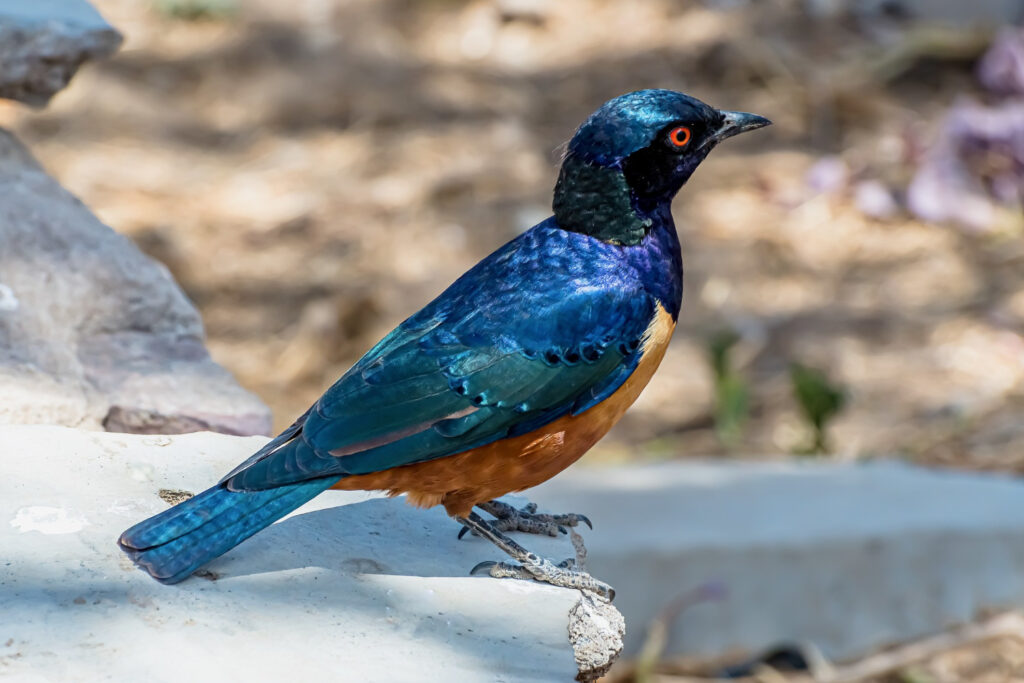
The Most Human-Like Voice in the Bird World
Not a parrot, but a star in its own right, the Hill Myna is famed for its uncanny ability to copy the exact tone and pitch of human speech. It’s the best example of voice mimicry among talking birds, often leaving listeners speechless.
Traits & Care:
- Lifespan: 15–25 years
- Vocabulary: 100–200 words
- Speech Quality: Extremely human-like, even emotional
- Diet: Tropical fruits (banana, figs, papaya), insects
- Climate: Hot, humid, prefers outdoor aviary setups
- Personality: Observant, calm, not overly affectionate
Hill Mynas don’t require as much emotional bonding as parrots, but they still need stimulation and regular human interaction to thrive and develop their voice.
Care Essentials: Diet & Weather Conditions
Proper care is crucial for nurturing talking birds:
- Balanced Diet: Fresh fruits, vegetables, grains, and specialised pellets. Avoid avocado, chocolate, and caffeine.
- Clean Habitat: Daily cleaning of perches, feeding bowls, and cages.
- Ideal Climate: Most thrive in tropical or temperate climates. Keep indoor temperatures stable and avoid cold air drafts.
- Humidity: Species like African Greys and Eclectus need moderate to high humidity (use a humidifier if needed).
Training Tips to Enhance Talking Abilities
- Consistency is key – Repeat the same word or phrase daily.
- Start simple – Use short, catchy phrases.
- Use treats – Positive reinforcement speeds up learning.
- Speak with emotion – Birds mimic tone, not just words.
Conclusion
There’s a talking bird for every lifestyle—from the intelligent and demanding African Grey to the beginner-friendly Budgie. Each has its own personality, speech quality, and care requirements. The key to success is dedication. With the right mix of love, patience, and proper care, your feathered friend can become an engaging companion who talks, sings, and shares your life for years to come.

